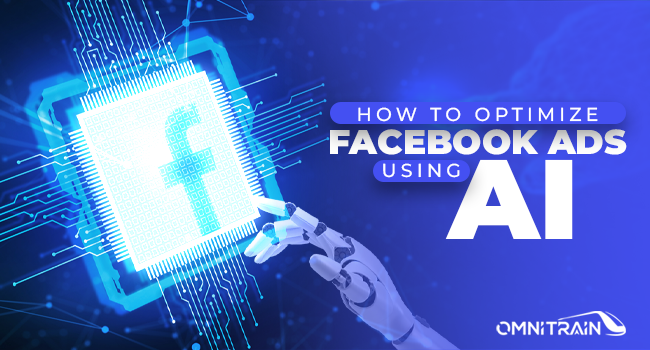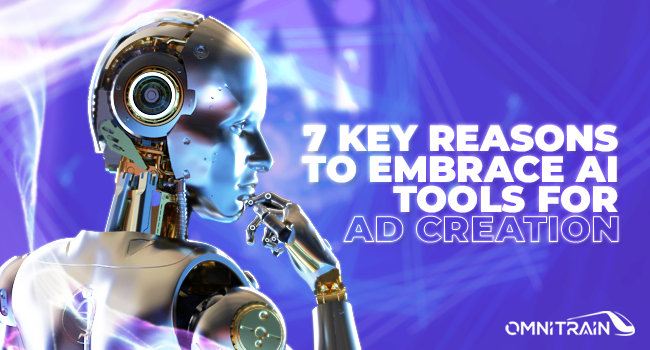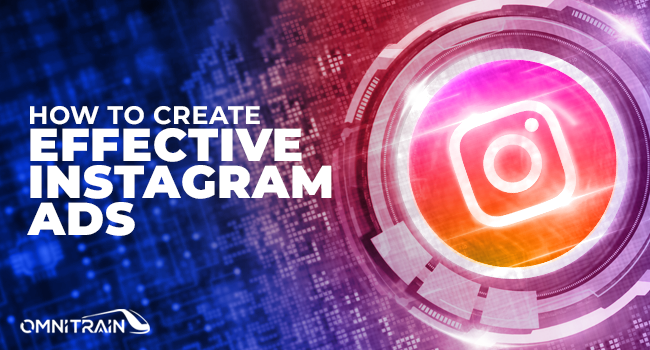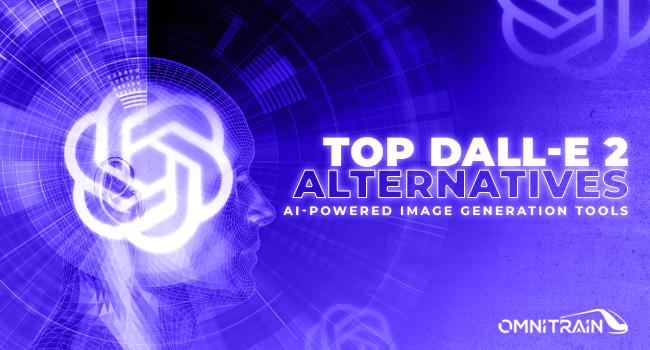Emotionally appealing ads: Top 6 Powerful Benefits 2024
Emotionally appealing ads are at the heart of emotional marketing strategies that make your brand unforgettable. These ads tap directly into consumer emotions, which are powerful drivers behind purchasing decisions. Whether it’s joy, nostalgia, or even outrage, emotions can create a deep connection with your audience, prompting them to engage more with your brand and develop loyalty over time. When these emotions resonate, they increase the chances of consumers choosing your product over others.
- Emotional marketing influences decisions faster than logic.
- Consumer emotions play a significant role in connecting with a brand.
- Emotionally appealing ads can improve consumer engagement and loyalty.
Emotionally appealing ads are not just about selling products; they’re about telling stories that consumers can relate to. This is the approach taken by successful campaigns from brands like Nike and Apple, which focus on lifestyles and values rather than just the product itself.
I’m Josh Benson, the founder of OmniTrain. With experience in helping brands leverage emotionally appealing ads, my mission is to simplify the ad creation process, making it efficient and impactful for businesses. Stay tuned as we dig deeper into how you can master emotional appeal in your advertising strategy.
Key terms for Emotionally appealing ads:
Understanding Emotional Appeal in Advertising
Emotionally appealing ads create a bond between a brand and its audience by tapping into feelings, often bypassing rational thought. This emotional connection is crucial because it influences consumer behavior and improves brand loyalty.
When consumers feel something—be it happiness, nostalgia, or inspiration—they’re more likely to remember the brand associated with that emotion. For instance, Nike’s “Just Do It” campaign doesn’t just sell shoes; it sells empowerment and cultural leadership. This emotional resonance helps Nike stand out and stay memorable.
Emotional Connection
An emotional connection makes consumers feel personally linked to a brand. This bond is more than just liking a product; it’s about feeling a sense of belonging or pride when using it. According to Gitnux statistics, ads with emotional appeal can double conversion rates and boost revenue by 31%. This connection is why people often choose brands they feel aligned with, even if competitors offer better prices or features.
Consumer Behavior
Emotions play a significant role in shaping consumer behavior. When an ad strikes an emotional chord, it can lead to increased engagement and influence purchasing decisions. People often buy based on feelings and then justify their choices with logic. This is why brands that master emotional appeal can effectively guide consumer behavior in their favor.
Brand Loyalty
Emotional connections foster brand loyalty. When consumers feel emotionally invested in a brand, they are more likely to stick with it over time. As noted by Redpoint Global, 74% of consumers prioritize emotional connections when choosing a brand. This loyalty means they are likely to make repeat purchases and recommend the brand to friends, further enhancing the brand’s reach.
By understanding and leveraging the power of emotions, brands can create ads that not only capture attention but also build lasting relationships with their audience. This strategy is key to differentiating a brand in a crowded market and ensuring it remains top of mind for consumers.
Types of Emotional Appeals
Emotionally appealing ads use different types of emotional triggers to connect with their audience. Let’s explore some common types and how they work.
Happiness
Ads that evoke happiness make people feel good. McDonald’s is a master of this, often showing families enjoying meals together. These ads create a warm and inviting image of the brand, making people associate it with joy and togetherness.
Nostalgia
Nostalgia taps into fond memories from the past. Coca-Cola often uses this approach, reminding people of shared moments and unity. Their ads create a timeless appeal, making the brand feel cherished across generations.
Inspiration
Inspiration motivates people to achieve their dreams. Nike’s “Just Do It” campaign is a perfect example, sharing stories of overcoming challenges. These ads connect Nike with personal achievement and perseverance.
Fear
Fear-based ads highlight risks to prompt action. They create urgency, encouraging people to avoid negative outcomes. This tactic is common in health and safety campaigns, like ads for home security systems that show the dangers of break-ins.
Pity
Pity appeals evoke compassion and are often used by charities. UNICEF’s campaigns show suffering to prompt support and donations. These ads create a strong emotional connection, driving people to help the cause.
Outrage
Outrage appeals provoke anger about injustices. They are effective for advocacy, highlighting social issues and encouraging viewers to demand change. This approach can mobilize communities around a cause, as seen in many environmental campaigns.
Each type of emotional appeal serves a unique purpose in advertising, helping brands connect with their audience on a deeper level. Understanding these appeals can guide the creation of ads that resonate emotionally, leading to stronger consumer engagement and brand loyalty.
Benefits of Emotionally Appealing Ads
Emotionally appealing ads are powerful tools in marketing. They do more than just promote a product; they create a connection between the brand and the consumer. Here’s how they benefit businesses:
Consumer Engagement
When ads tap into emotions, they grab attention. People are more likely to engage with content that resonates with their feelings. According to Gitnux statistics, emotional appeal advertisements have a 2X higher conversion rate. This means more people are not just seeing the ads, but are also taking action, like visiting a website or sharing the ad with friends.
Brand Recall
Emotions play a huge role in memory. Ads that evoke strong feelings are more memorable. When consumers feel a connection, they remember the brand longer. This is why storytelling and visuals are key components of emotionally appealing ads. A well-crafted story with the right imagery can make a brand unforgettable.
Purchasing Decisions
People often make buying decisions based on emotions. The expression “people buy emotionally, then justify logically” holds true. Emotional ads can influence perceptions and drive purchase intent. A study cited by the Harvard Business Review showed that when companies connect with customers’ emotions, they see a significant increase in sales. For example, a bank saw a 70% increase in credit card use among Millennials after launching an emotionally resonant product.
By focusing on emotional connections, ads can effectively guide consumer behavior, improve brand loyalty, and boost sales. This emotional bond is a key advantage in a competitive market.
Next, let’s explore how to create these impactful ads using storytelling, visuals, music, and personalization.
Creating Emotionally Appealing Ads
Crafting emotionally appealing ads is both an art and a science. It’s about creating a connection that resonates deeply with your audience. Here’s how you can achieve this using key strategies like storytelling, visuals, music, and personalization.
Storytelling
Stories are powerful. They captivate and engage audiences by connecting on a personal level. Think of Nike’s “Just Do It” campaigns. These ads tell stories of overcoming obstacles and achieving greatness, inspiring viewers to push their limits. By weaving narratives that align with your audience’s experiences or aspirations, you make your brand relatable and memorable.
Visuals
A picture is worth a thousand words. Using captivating visuals can evoke strong emotions and create lasting impressions. For example, Coca-Cola’s ads often show people from different cultures coming together over a Coke. This imagery promotes unity and joy, making the brand feel timeless. Choose visuals that support your story and stick with the viewer long after they’ve seen your ad.
Music
Music sets the tone. It can amplify emotions and create an atmosphere that improves your message. The right soundtrack can evoke happiness, nostalgia, or even urgency. Lexus, for instance, uses music in its “Feel Your Best” campaign to adapt to viewers’ emotions in real-time. By integrating music thoughtfully, you can make your ads more impactful and memorable.
Personalization
Make it personal. Tailoring your ads to individual preferences or behaviors creates a sense of connection and value. Personalization can make consumers feel understood and appreciated. Lexus’s emotionally intelligent ads adjust based on the viewer’s mood, offering a unique experience. By personalizing your ads, you can increase engagement and foster brand loyalty.
By combining these elements, you can create ads that not only catch the eye but also capture the heart. This approach turns ads into experiences that resonate with your audience, driving both engagement and action.
Next, we’ll address some frequently asked questions about emotionally appealing ads, including what they are and how they work.
Frequently Asked Questions about Emotionally Appealing Ads
What is an emotional advertisement?
An emotional advertisement is designed to connect with the audience on a personal level by tapping into their feelings. Instead of focusing solely on product features or prices, these ads aim to forge an emotional bond with viewers. This connection can lead to increased brand loyalty, as people are more likely to stick with brands that resonate with them emotionally.
Take Coca-Cola’s classic holiday ads, for example. These commercials often highlight themes of togetherness and joy, creating a warm, fuzzy feeling that people associate with the brand. By eliciting emotions like happiness or nostalgia, brands can become a part of consumers’ lives, not just a product they buy.
What are emotional marketing methods?
Storytelling is at the heart of emotional marketing. It transforms simple messages into compelling narratives that captivate audiences. A well-told story can make viewers laugh, cry, or feel inspired, leaving a lasting impression.
Visuals play a crucial role, too. They capture attention and evoke emotions instantly. Think of images that convey love, fear, or excitement—these can be more powerful than words in conveying a message.
Music is another effective tool. It sets the mood and can heighten emotions. A catchy jingle or a moving soundtrack can make an ad memorable and improve its emotional impact.
Personalization tailors the experience to individual consumers. By addressing viewers’ specific needs or preferences, brands can make people feel special and understood, which strengthens emotional connections.
What is appeal to emotion fallacy in advertisements?
The appeal to emotion fallacy occurs when ads use manipulation rather than genuine connections to persuade consumers. While emotional ads aim to connect with the audience, using emotions to deceive or mislead is considered unethical.
For instance, an ad might exaggerate the benefits of a product by playing on fears or desires without providing substantial evidence. This kind of persuasive communication can backfire, leading to mistrust and damaging brand reputation.
Brands must balance emotional appeal with honesty and transparency. Authentic emotional marketing builds trust and loyalty, while manipulative tactics can do the opposite.
Next, let’s explore how OmniTrain’s AI-powered tools can help create authentic, emotionally resonant ads.
Conclusion
In today’s digital world, creating ads that resonate emotionally is crucial. OmniTrain offers a solution with its AI-powered ad creation platform, which allows users to craft emotionally engaging ads swiftly and efficiently. By leveraging AI, OmniTrain simplifies the process of creating ads that connect with audiences on a personal level, fostering emotional resonance.
Emotional resonance in advertising is about more than just catching attention; it’s about forming a bond with the audience. When ads evoke emotions like happiness, nostalgia, or inspiration, they leave a lasting impact. This connection can lead to increased brand loyalty and consumer engagement.
OmniTrain stands out by enabling users to produce high-quality, emotionally appealing ads without needing advanced design skills. The platform’s AI-driven approach ensures that each ad is not only visually appealing but also emotionally impactful. This capability allows brands to differentiate themselves in a crowded market and build stronger relationships with their consumers.
For businesses looking to improve their marketing strategies, embracing AI technologies like OmniTrain can be a game-changer. By creating ads that truly resonate with audiences, brands can achieve greater success and foster long-term loyalty.
Explore how OmniTrain can transform your ad creation process by visiting their AI-powered ad creation page.











